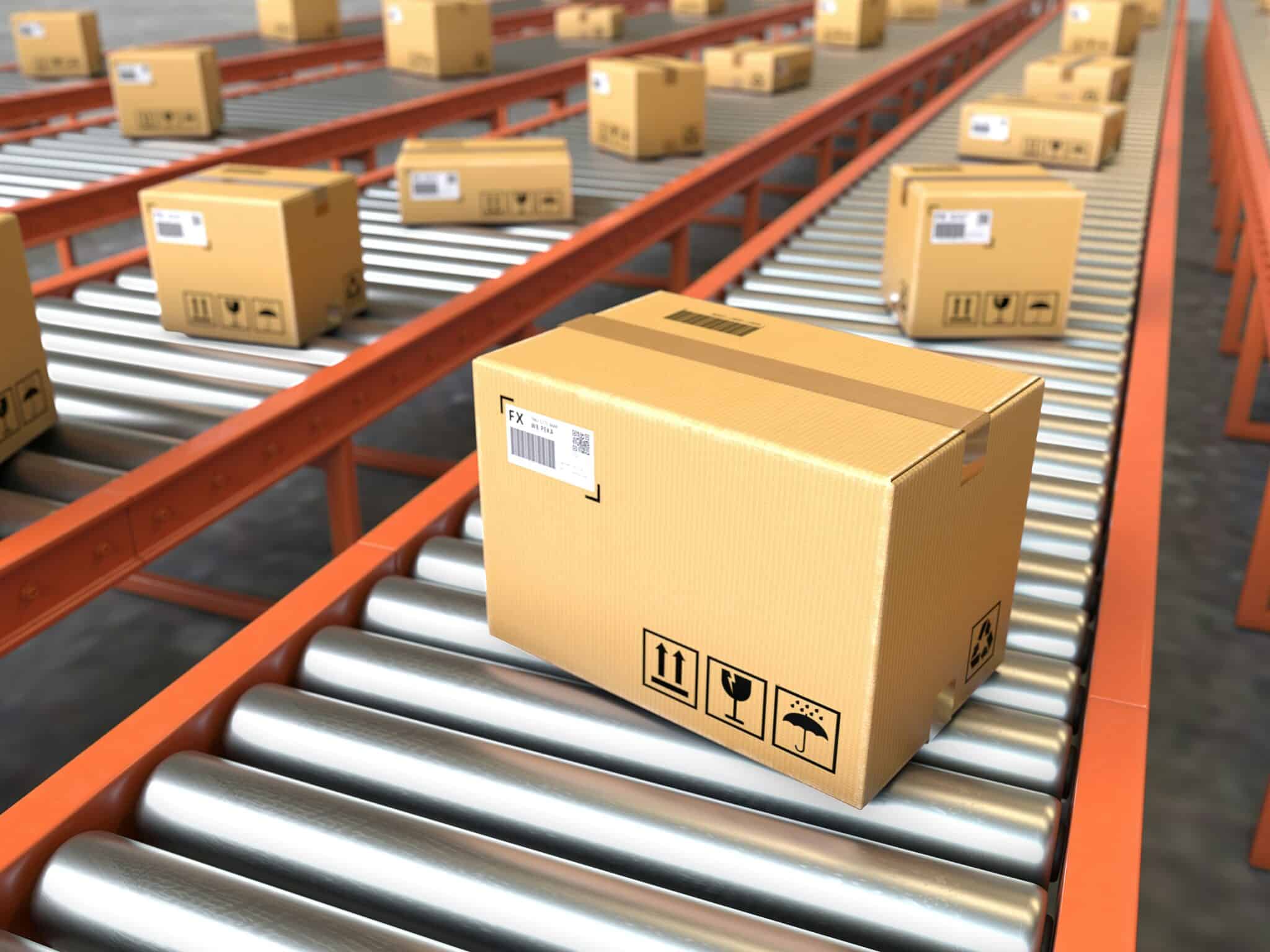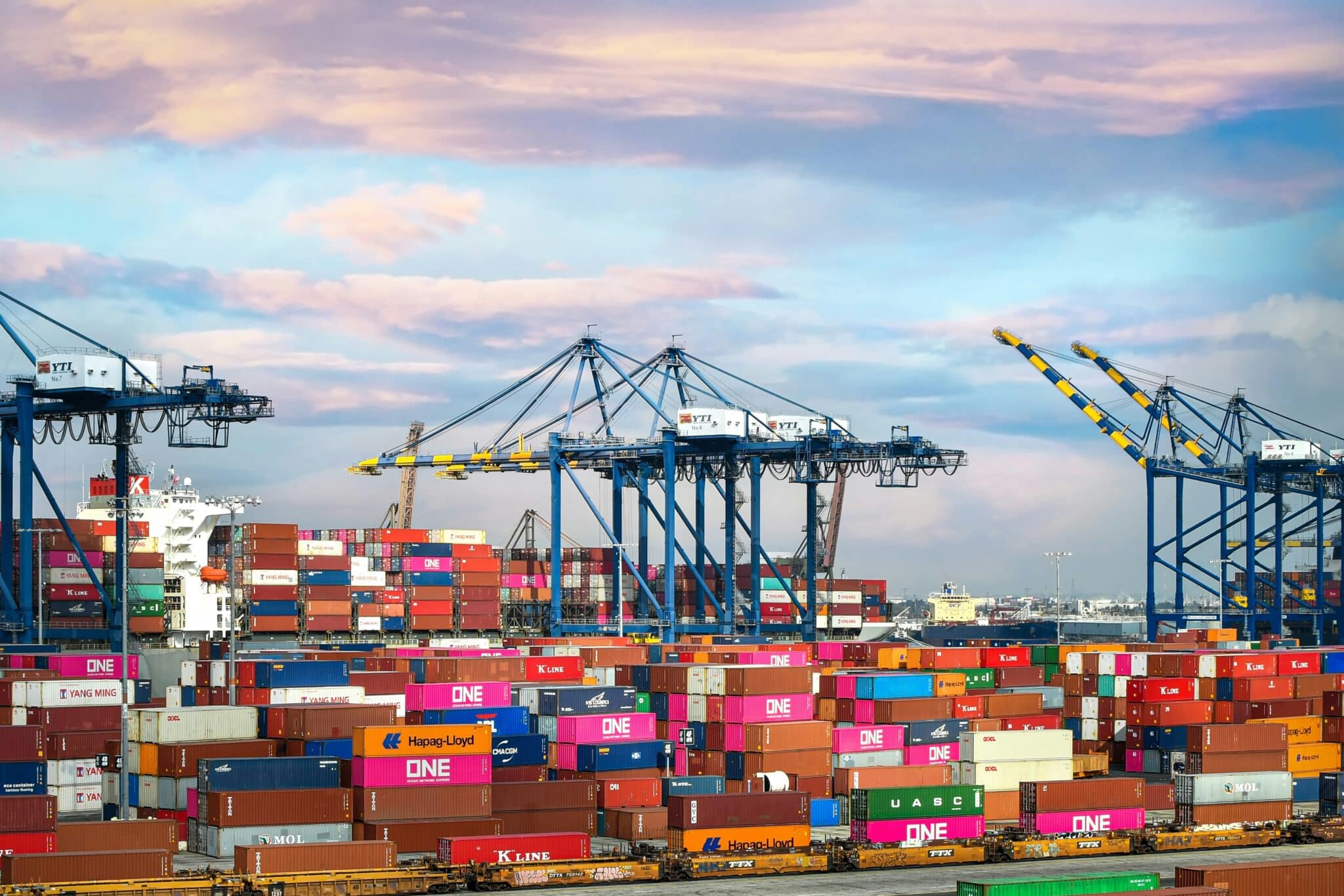A rapidly growing area within the Supply Chain industry is the usage of AI and Machine Learning. After all, the most important aspect of Supply Chain Management is being able to predict future demand accurately as it gives companies a competitive advantage and improves their annual revenue.
With both retailers and wholesalers being challenged by the growing scale, complexity, and diversity of data available, Machine Learning seems to be the best way forward when it comes to planning and forecasting. Machine Learning is a computer science discipline in which algorithms “learn” from data sets rather than following pre-programmed instructions. This means that the algorithms build and refine models based on existing data to make predictions about various outcomes.
In recent years, there we have seen a vast increase in the online presence of consumers, and they leave their digital footprints all over the internet – invaluable additional data to analyze and calculate sales trends. The ability to use AI and Machine Learning to leverage this data can give retailers and wholesalers a huge competitive advantage. According to McKinsey “The good news is that AI-based solutions are available and accessible to help companies achieve next-level performance in supply chain management. Solution features include demand-forecasting models, end-to-end transparency, integrated business planning, dynamic planning optimization, and automation of the physical flow – all of which build on prediction models and correlation analysis to better understand causes and effects in supply chains.” With our AGR solution, you too can achieve this next-level performance in your supply chain.
Machine Learning can be applied to S&OP in a variety of ways. We at AGR believe that this technology can be extremely beneficial to our customers, so we work hard to keep up with new technological developments and incorporate them into our inventory optimization solution. These new developments have the potential to make our customers’ jobs much easier by providing valuable insights and suggestions as well as informing them about the reasons and calculations behind them. Machine Learning and AI will help our customers get a better overall picture of their product and improve their inventory management efficiency.
To learn more about our solution and how machine learning can benefit your business, please contact us.




